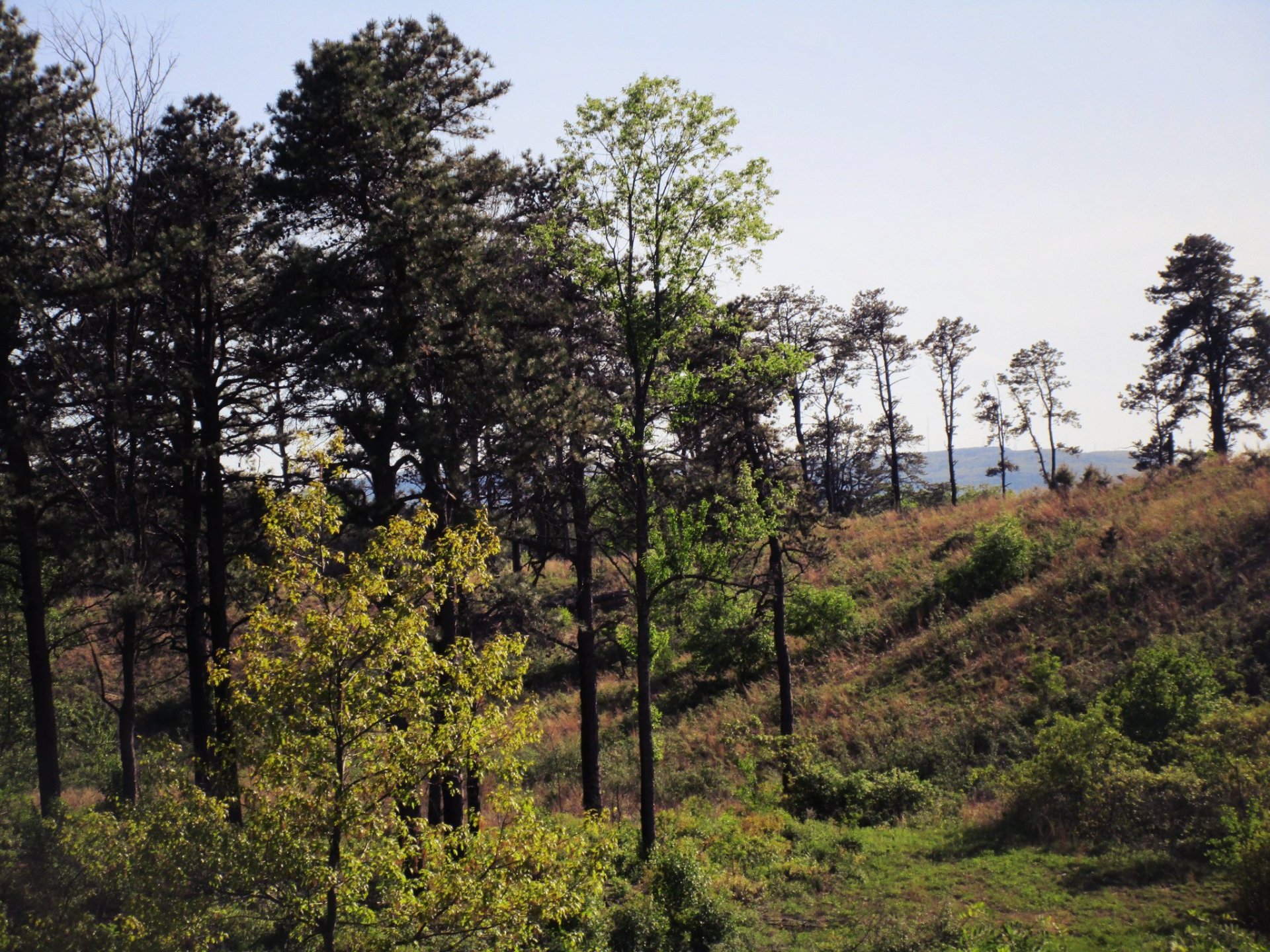by Tom Ellis
ALBANY: Derrick Marcucci of Landmark Archeology was the featured speaker at the November 16 SPB dinner at the Westminster Presbyterian Church. He said most of his firm’s Pine Bush work involves development proposals, the number of which have dropped off quite a bit in the past three years. The Pine Bush he said, has been a natural corridor between the Hudson and Mohawk River valleys, was once 40 square miles, and is a unique ecosystem.
Developers, he said, sometimes hire second-rate archaeologists, hoping they will find little or nothing. About 100 archaeological surveys have so far been conducted in the Pine Bush. Non-professional archaeologists also make important discoveries. Human artifacts more than 10,000 years old have been found in the Pine Bush. These earliest prehistoric peoples were hunters and gatherers, not farmers; no known villages have been found except those from the late pre-historic era.
The earliest area residents, Paleo-Indians, who lived from 12,000-to-10,000 years ago, hunted many animals including elephants. Winters were long, shelters were vitally important to their survival, they probably lived in small groups, and their life expectancy may have been only 25-to-30 years. He said with current technology, blood residues found on artifacts such as arrowheads can be examined and the animals killed identified by species. He said agriculture in this region began quite recently, about 1200 years ago.
Mr. Marcucci said an “explosion of sites” from the Late Archaic period (6000 to 3000 years ago) have been found both regionally and nationally; these sites were inhabited by larger groups than earlier sites. He once examined a 3000-to-2000 year old site on the Mohawk River where ancient peoples likely lived in round houses, with sapling frames holding up roofs of hides and animal skins. He was fired from a dig at a large site of about 20 acres – the Vosburgh site – on the edge of the Pine Bush. It had 40 to 60 or more residents; the site is directly south of the Guilderland Town Hall, most of it is now a housing development, although the core of the site has been saved. He said being fired for the right reasons “is a badge of honor.”
He said bows and arrows were a huge technological leap for ancient peoples because an individual hunter could kill game with them. Ceramics allowed for the storage of foods and more sedentary lifestyles.
There are 35 known Pine Bush sites from the historic period (post-Columbus), many sites are found along roads and at taverns on the roads. By the year 1800, the Great Western Turnpike (Route 20) traversed the Pine Bush, as did the Albany-Schenectady Road (Route 5). John Wolcott added that the Kings Highway may have originally been an Indian path.
Mr. Marcucci said archaeologists look at material objects in relation to time and space, archeology work is low-tech – shovels and screens.
He summarized saying prehistoric peoples likely did not live in the Pine Bush except very short-term for specific purposes such as hunting. Archaeological knowledge of the Pine Bush remains sketchy. He said archaeological work should not be salvage, as it often is, but done several years earlier, when the development proposal is made, not after permit approvals have been obtained and land clearings and excavations begun. He said the city of “Albany will bulldoze anything.” He said it seems sometimes like “no one cares.”
A lively Q&A followed. Mr. Marcucci said the Environmental Impact Statement released two years ago by DEC regarding horizontal hydro-fracking “completely ignored” archaeological concerns despite a three-page letter sent NYS professional archaeologists. He said “Albany has never met a parking garage [proposal] it did not like.” Lou Ismay said preservationists have so far failed to develop a sufficiently large constituency to demand and obtain historic preservation. Sylvia Barnard, recently terminated from the University at Albany as part of a downsizing that eliminated five departments after teaching courses about ancient Greece and Rome for forty years, said decades ago the university held an annual Community Day that brought people into the Pine Bush where they saw and learned about how beautiful and valuable it is. She said the Community Day does not exist anymore.
Published in Janury/February, 2012 Save the Pine Bush Newsletter
